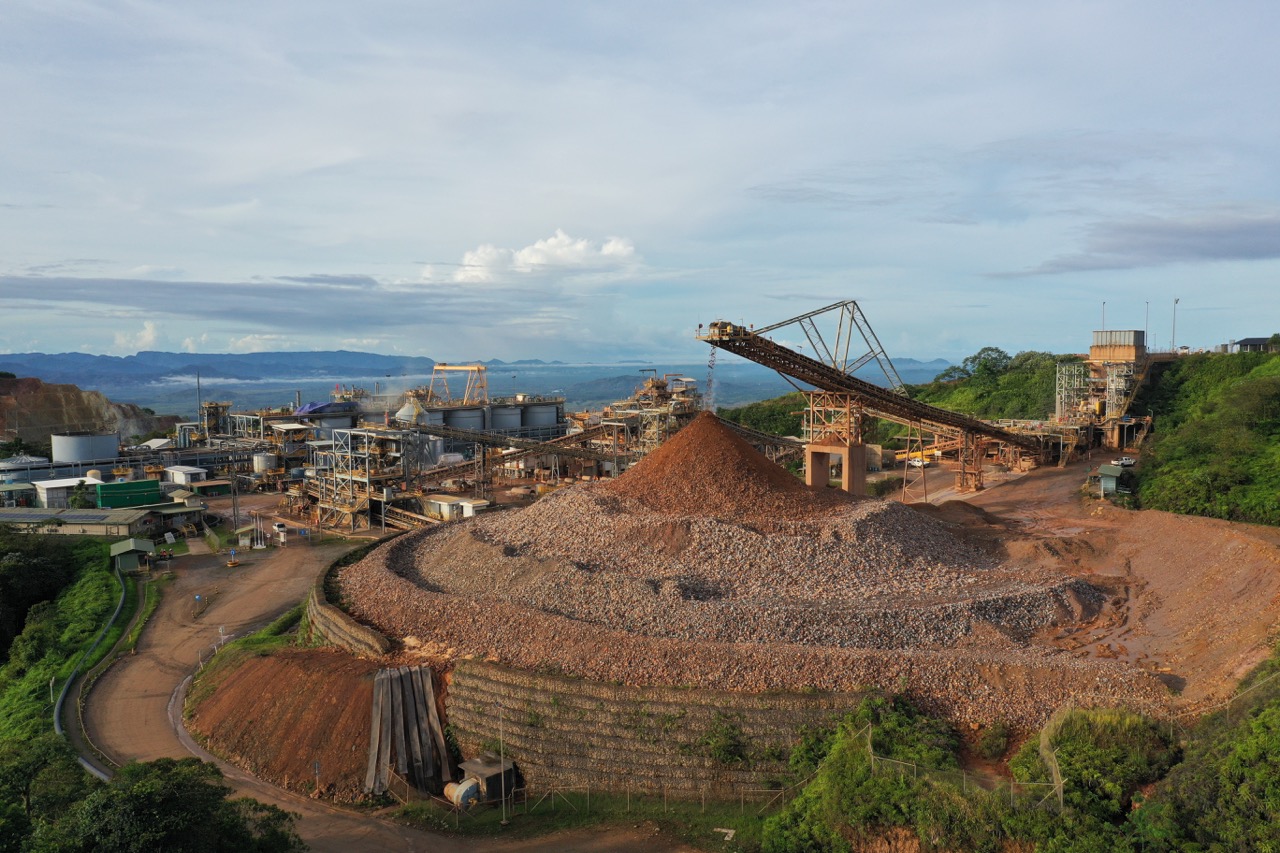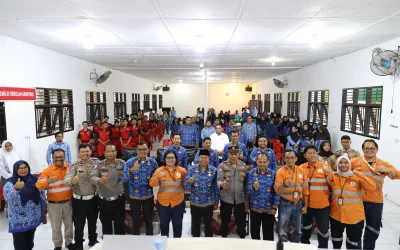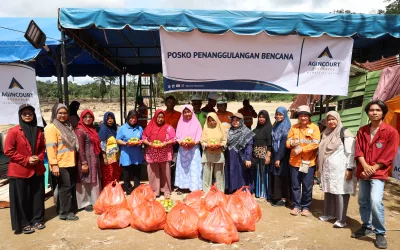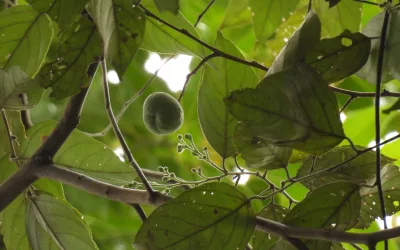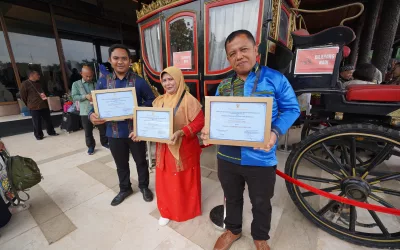According to CEIC Data (a global economic data, indicators, charts and forecasts provider), Indonesia gold production was reported at 70,000,000 kg in December 2022, higher by 4,000,000 kg than in 2021. This places Indonesia in the 8th position of The World Biggest Gold Producing Country.
Indonesia is very rich in minerals, one of which is gold. Gold mining in Indonesia was present more than a thousand years ago when Chinese immigrants arrived. Even so, the production is low because they are only small-scale mines operated by individuals.
In modern times, the Indonesia gold mining industry began to develop during the Dutch colonial era. In 1850, the Netherlands East Indies government established an agency responsible for geological investigation, management, and minerals search, i.e. Dienst van het Mijnwezen, in Weltevreden, Batavia. Through this agency, the area of geological and minerals investigation expanded to all corners of the archipelago. Then, in October 1950, the Colonial Government established Regulation No. 45, which regulates the prohibition of granting permits for gold or other minerals mining exploration to parties other than Dutch people.
During this time, the first gold mines operated were the Lebong Donok mines, Bengkulu in 1899 and Lebong Tandai mines, Bengkulu around 1906-1910 which were later followed by other mines, such as Simau (1910), Mangani (1913), Salida (1914), Lebong Simpang (1921), and Sawah Mine (1923). Other mines that began the operation after the 1930s are mines in the Belimbing area, Mount Arum in 1935 and mines in the Bulangsi and Muara Sipongi areas in 1936. In 1939, Indonesia’s total gold metal production was recorded at 2.5 tons, half of which came from Lebong Tandai.
Later, most of the gold mines were closed in 1939 to 1945 during World War II. After World War II, only a few mines reopened. Gold production since the end of World War II until the mid-1980s did not show a significant increase. Total production recorded in 1985 was only about 2.6 tonnes,
In general, from the 1950s to the 1970s, the gold mining business was designed only to rehabilitate the remaining gold mining companies before World War II. Gold exploration activities at that time were not optimal because many mines and factories were heavily damaged during the Japanese occupation and the following revolutionary years. Meanwhile, rehabilitating and rebuilding the mine requires enormous costs. In addition, laws/regulations and government policies regarding gold, prices, etc. failed to create a conducive situation for opening new gold mines.
Pre-World War II gold mines rehabilitated by N.V. Mining Development Companies (PPP), subsidiaries of the State Industrial Bank, were Cikotok Gold Mine in Banten and Logas in Riau. Meanwhile, several other former mines before the war were operated by individuals in the scheme of community mining, such as in Bengkulu, Kalimantan and North Sulawesi.
Foreign investment in the Indonesia gold mining industry then entered in 1967 based on the first generation Contract of Work (KK) agreement regulated in Law Number 1 of 1967 concerning Foreign Investment (UU PMA) and Law Number 11 of 1967 concerning Provisions Principles of Mining (UU No. 11 of 1967). These two laws were issued because the government felt that the mining industry needed to get large capital support to accelerate the development.
But, in 2020, President Joko Widodo requires mining companies in Indonesia whose shares are owned by foreigners to reduce their share ownership or divestment by 51 percent. The shares that were divested were then transferred to the central government, regional governments, state-owned enterprises, regional-owned enterprises, or National Private Business Entities. This regulation is contained in Law no. 3 of 2020.
Currently, the Ministry of Energy and Mineral Resources (ESDM) notes that Indonesia has gold mines covering an area of 1,181,071.52 hectares spread across 25 provinces. The five largest gold mines in Indonesia include the Pongkor Mine in West Java, the Grasberg Mine in Papua, the Martabe Mine in North Sumatra, the Gosowong Mine in Maluku, and the Tondano Mine in North Sulawesi. These five largest mines are mostly managed by private companies.

